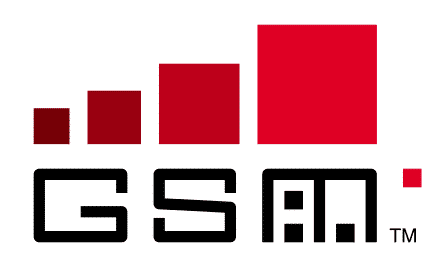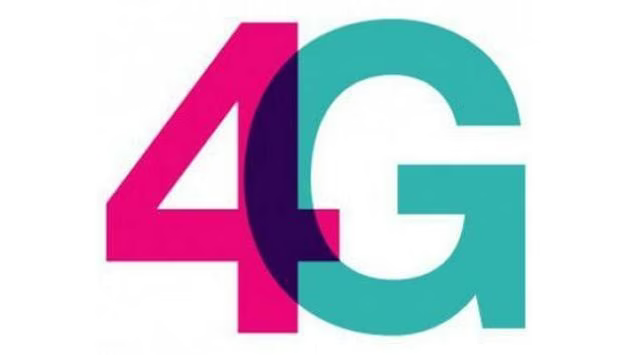Mobile (Cellular) Technologies Explained

It’s hard to keep up with the 2Gs and the 4Gs and the XLTEs of the world. This primer will review the basics of mobile phone network technologies.
Technologies
Cellular technology is what mobile phone networks are based on, and it’s the technology that gave mobile phones the name "cell phones". Cellular technology basically refers to having many small interconnected transmitters as opposed to one big one.
The other main concept of cellular technology was that they were "multiple access", meaning that they placed multiple voice or data connections into a single radio channel.
GSM

GSM is the original 2G standard launched in 1991. It was the first major deployment to use encryption, and now enjoys over 90% marketshare and penetration into around 220 countries
The GSM protocol was initially based on time division, meaning calls take turns using the radio signal
The 3G rollout of GSM actually used the competing technology (CDMA, see below)
GSM is the worldwide option, with CDMA being mostly a United States thing
It’s easier to travel with GSM phone
GSM phones allow you to simply switch SIM cards and use another GSM device, whereas CDMA phones require you to register your device itself with the network
More of the world is covered in GSM, but it’s bad in rural locations compared to CDMA (this is why Verizon had better coverage in the U.S. for so long)
CDMA
CDMA is mostly a U.S. thing, as most of the world is GSM
CDMA is based on encoding multiple connections with different keys and then decoding them on the receiving end
Two main carriers are CDMA-based: Verizon, and Sprint
You’ve traditionally been unable to talk and use data on CDMA networks at the same time, but this is increasingly becoming less true now (in 2014)
Better rural coverage, which is good for for large places like the United States, but less overall coverage worldwide
1G
This was the first generation of GSM, and it was an analog technology.
2G
2G stands for "second generation", and the nG designation continues that onto 4G that exists today.
2G was digital (rather than analog)
2G introduced encryption
There were GSM and CDMA versions of 2G
3G
Introduced higher transfer rates, up to 200 kbit/sec, and later versions could achieve multiple megabits per second.
4G

The major advance of 4G is mobile broadband internet services provided to external systems, such as laptops, wireless modems, etc.
HSPA (High Speed Packet Access)
HSPA is a merge of two technologies:
High Speed Downlink Packet Access (HSDPA)
High Speed Uplink Packet Access (HSUPA)
LTE
Stands for Long Term Evolution
Often called 4G LTE
Increases bandwidth available for voice and data communications by using a different radio interface combined with a number of network improvements
It’s the upgrade path for both GSM and CDMA based networks
AWS
Advanced Wireless Services
Also referred to as UMTS band IV
Uses microwave frequencies in two segments: from 1710 to 1755 MHz for uplink, and from 2110 to 2155 MHz for downlink
XLTE

Provides a minimum of double the bandwidth of LTE
XLTE ready devices automatically access both the 700 Mhz and the AWS spectrum in XLTE cities
Lead by Verizon in 2014
VoLTE
VoLTE is a voice technology that works over the LTE data connection rather than 3G voice bands
It has extremely high voice quality (like they’re right next to you)
VoLTE will require that both participants are using VoLTE and are in VoLTE enabled areas
Also includes the ability to make video calls
Wi-Fi Calling
Wi-Fi calling lets you call to a phone number over the internet
It’s different from VoLTE because with VoLTE the calls are going over the phone company’s network
Also promises the ability to swap seamlessly between Wi-Fi and wireless phone networks
Summary
GSM came before CDMA
GSM is the global technology
CDMA is better for large, rural areas, and was adopted by Verizon and Sprint in the United States
CDMA has traditionally not been able to do voice and data at the same time
GSM has been able to do simultaneous voice and data since 3G
GSM authenticates SIM cards
CDMA authenticates the device itself
GSM is better for world travelers
LTE brought very high bandwidth to mobile devices, hotspots, and peripherals
XLTE is faster LTE
VoLTE sends voice data over the data portion of the phone connection, and is like voice quality
Wi-Fi calling lets you route regular phone calls over a wi-fi connection, and will let you swap back and forth between internet and your phone network
I hope this has been helpful.